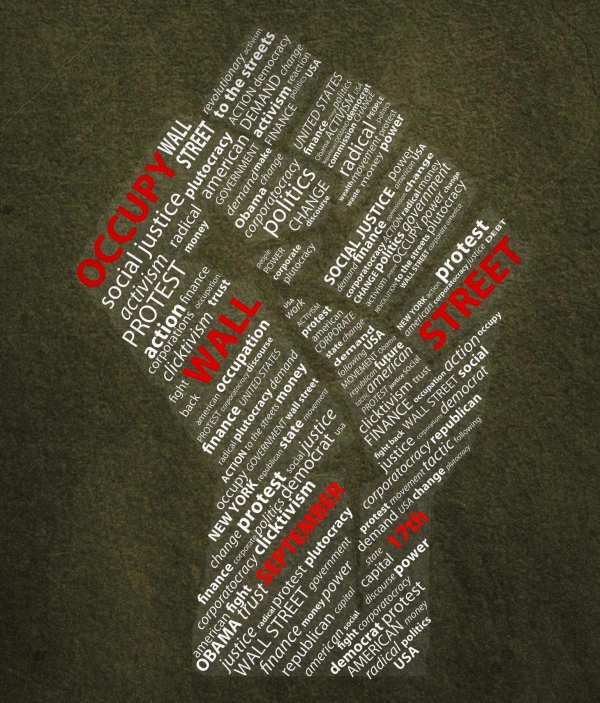DAVID CAY JOHNSTON: Incomes and tax revenues have grown from 2009 to 2011 as the economy recovered, but an astonishing 149 percent of the increased income went to the top 10 percent of earners. If you wonder how that can happen, the answer is simple: Incomes fell for the bottom 90 percent. The rich really are getting richer while the vast majority is getting poorer. The income growth and shrinkage figures come from analysis of the latest IRS data by economists Emmanuel Saez and Thomas Piketty, who have won acclaim for their studies of worldwide income patterns over the last century. In 2011 entry into the top 10 percent, where all the gains took place, required an adjusted gross income of at least $110,651. The top 1 percent started at $366,623. The top 1 percent enjoyed 81 percent of all the increased income since 2009. Just over half of the gains went to the top one-tenth of 1 percent, and 39 percent of the gains went to the top 1 percent of the top 1 percent. Ponder that last fact for a moment — the top 1 percent of the top 1 percent, those making at least $7.97 million in 2011, enjoyed 39 percent of all the income gains in America. In a nation of 158.4 million households, just 15,837 of them received 39 cents out of every dollar of increased income. That extreme concentration, however, is far from the most jaw-dropping figure that can be distilled from the new Saez-Piketty analysis. That requires a long-term comparison of those at or near the top with the bottom 90 percent. In 2011 the average AGI [Adjusted Gross Income] of the vast majority fell to $30,437 per taxpayer, its lowest level since 1966 when measured in 2011 dollars. The vast majority averaged a mere $59 more in 2011 than in 1966. For the top 10 percent, by the same measures, average income rose by $116,071 to $254,864, an increase of 84 percent over 1966. Plot those numbers on a chart, with one inch for $59, and the top 10 percent’s line would extend more than 163 feet. MORE
RELATED: David Cay Johnston received the Pulitzer Prize for his coverage of tax policy while at The New York Times.

